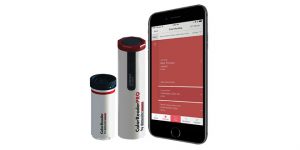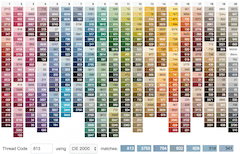
Paints can be applied to the following objects and shapes using the fill or stroke properties: In Figma, you can use the Color picker to apply paints to fills and strokes. Paints can be colors, gradients, or images.

Selection colors allows you to view and adjust the paints applied to a selection, individually. You can adjust fill in the Design panel of the right sidebar. Adjust fillsĪdd, remove or adjust fill properties at any time. Want to reuse fills across your designs? Create Color Styles from fills or strokes and apply them to objects in the canvas. Learn more about using the color picker → From the color picker you can select a paint type, choose a color, and apply blend modes.Click on the fill swatch to open the color picker:


Figma will add a default Solid fill with a hex value of C4C4C4.In the Fill section of the right sidebar, click the icon to add a fill to the layer.Select the layer(s) you want to add a fill to.You can even toggle the visibility of each fill independently. We treat each fill as a unique layer, so you can adjust the properties individually. This allows you to layer gradients over images, or apply blend modes to create unique effects. You can even add more than one fill to a single layer. You can add, adjust, and remove fills in the Fill section of the right sidebar.Īdd fills to text layers, frames, and any vector objects. Fills are just one of the ways you can use paints in Figma.Īpply paints to text layers, or any vector object, this includes shapes, vector networks, and boolean groups. This allows you to select colors from local colors and styles, as well as styles from enabled libraries.Īnyone with Can edit access to a file can add or adjust fills. Use the next to the Document color to select a palette.Use the menu to choose between RGB, HEX, CSS and HSB. View the color notation across different color models.Adjust the opacity of the color using the second slider.Adjust the hue using the slider below the palette.This allows you to select any color from an image or layer in the canvas. Click the to select the eyedropper tool.Click and drag the white circle to adjust the color.Explore any related tints, tones, and shades.View the current color is shown in the white circle.

Use the color palette in the body of the modal to select a color:.Use the to preview and apply blend modes to layers →.Choose from a solid color, a gradient, an image or an animated GIF. Use the top-left menu to select a type of paint.Once you've opened the color picker, you have access to any paint properties: See the list of CSS colors that are supported by all browsers on the w3 website: Tip! You can also type a CSS color directly in the field.


 0 kommentar(er)
0 kommentar(er)
